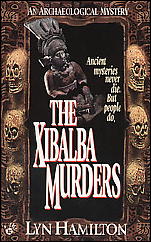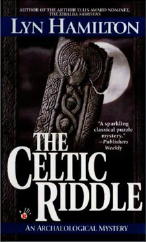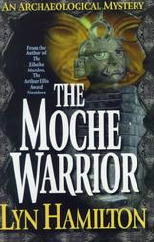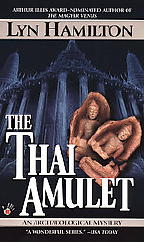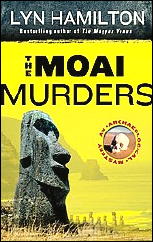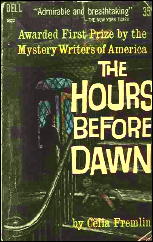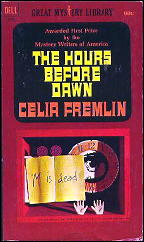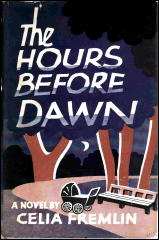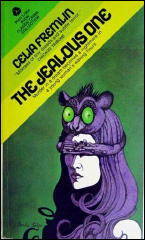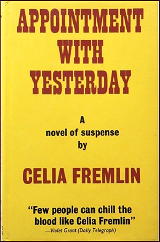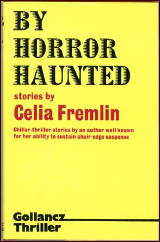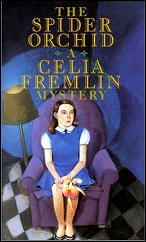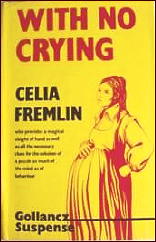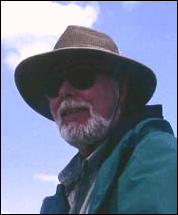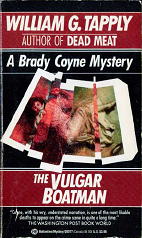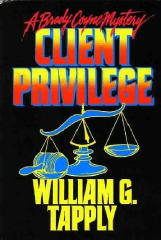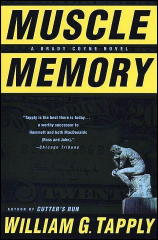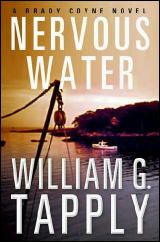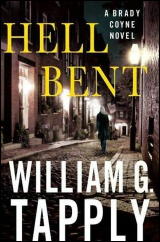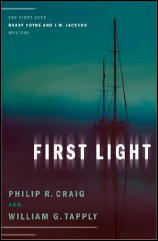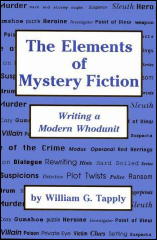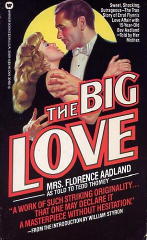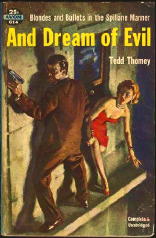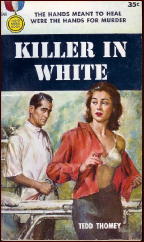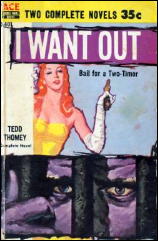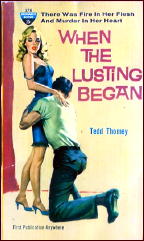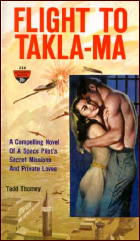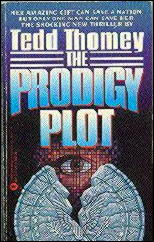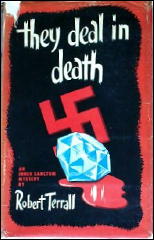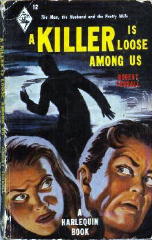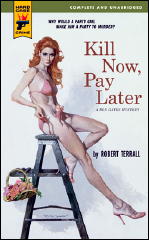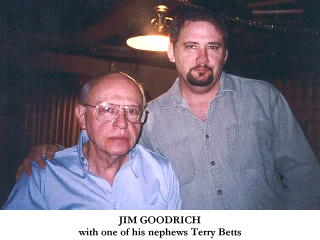Wed 4 Nov 2009
Death Noted: JAMES PATTINSON, 1915-2009.
Posted by Steve under Authors , Bibliographies, Lists & Checklists , Crime Fiction IV , Obituaries / Deaths Noted[2] Comments
John Herrington, who recently has been researching the careers of the many authors who wrote for the British publisher Robert Hale over the years, recently sent Al Hubin and myself word of the passing last month (on October 18th) of one of the more prolific of them, James Pattinson, 1915-2009.

A list of the some one hundred or more books he wrote is included below. (This list has been expanded from that in the Revised Crime Fiction IV to include a few that have been published later than the year 2000 and therefore beyond the coverage of CFIV.)
Only a handful of these books have been published in the US, making him all but unknown in this country.
Says John about Pattinson’s novels: “I have read a lot of them. Not great or classics, but good readable thrillers, sea and war stories. Apparently, apart from time he served in the war, he lived in the same house in a Norfolk village all his life.”
The death of a crime fiction writer with as many books as James Pattinson produced should not go unnoted. A list of his life’s output, fictionwise, may be a small tribute in some way, but it is a long list. (Note: The first three are war novels not included in CFIV. Thanks to Jamie Sturgeon for providing these, as well as three of the covers you will see below.)
* The Wheel of Fortune (n.) Harrap, 1955 [non-criminous]
* Last in Convoy (n.) Harrap, 1957 [non-criminous]
* The Mystery of the Gregory Kotovsky (n.) Harrap 1958 [Ship]
* Contact Mr. Delgado (n.) Harrap 1959 [Harvey Landon; Ship]
* -Across the Narrow Seas (n.) Harrap 1960 [1944]
* Wild Justice (n.) Harrap 1960 [Ship]
* The Liberators (n.) Harrap 1961 [Harvey Landon]
* On Desperate Seas (n.) Harrap 1961 [Ship; WWII]
* The Angry Island (n.) Hale 1968 [West Indies]
* The Last Stronghold (n.) Hale 1968 [Harvey Landon; South America]
* Find the Diamonds (n.) Hale 1969
* The Golden Reef (n.) Hale 1969
* The Plague Makers (n.) Hale 1969
* Whispering Death (n.) Hale 1969
* The Deadly Shore (n.) Hale 1970

* The Rodriguez Affair (n.) Hale 1970

* Three Hundred Grand (n.) Hale 1970 [Caribbean]
* The Murmansk Assignment (n.) Hale 1971 [Russia]
* Sea Fury (n.) Hale 1971
* The Sinister Stars (n.) Hale 1971 [Harvey Landon]
* Watching Brief (n.) Hale 1971
* Away with Murder (n.) Hale 1972 [Amsterdam, Netherlands]
* Ocean Prize (n.) Hale 1972
* Weed (n.) Hale 1972
* A Fortune in the Sky (n.) Hale 1973
* The Marakano Formula (n.) Hale 1973
* Search Warrant (n.) Hale 1973 [Sam Grant; U.S.]
* Cordley’s Castle (n.) Hale 1974
* The Haunted Sea (n.) Hale 1974 [Ship]

* The Petronov Plan (n.) Hale 1974 [Brazil]

* Crusader’s Cross (n.) Hale 1975 [Greece]
* Feast of the Scorpion (n.) Hale 1975
* Freedman (n.) Hale 1975
* The Honeymoon Caper (n.) Hale 1976 [Finland]
* A Real Killing (n.) Hale 1976 [Sam Grant]

* Special Delivery (n.) Hale 1976 [England; France]
* A Walking Shadow (n.) Hale 1976

* Final Run (n.) Hale 1977
* The No-Risk Operation (n.) Hale 1977
* The Spanish Hawk (n.) Hale 1977 [Caribbean]
* Blind Date (n.) Hale 1978

* Something of Value (n.) Hale 1978 [Sam Grant]
* Ten Million Dollar Cinch (n.) Hale 1978 [Caribbean]
* The Courier Job (n.) Hale 1979
* The Rashevski Ikon (n.) Hale 1979
* Red Exit (n.) Hale 1979
* Busman’s Holiday (n.) Hale 1980
* The Levantine Trade (n.) Hale 1980
* The Spayde Conspiracy (n.) Hale 1980
* The Antwerp Appointment (n.) Hale 1981 [Antwerp, Belgium]
* The Seven Sleepers (n.) Hale 1981
* Stride (n.) Hale 1981
* A Fatal Errand (n.) Hale 1982
* Lethal Orders (n.) Hale 1982
* The Stalking Horse (n.) Hale 1982
* A Car for Mr. Bradley (n.) Hale 1983
* Flight to the Sea (n.) Hale 1983
* The Kavulu Lion (n.) Hale 1983
* Dead of Winter (n.) Hale 1984
* Precious Cargo (n.) Hale 1984 [Ship]
* The Saigon Merchant (n.) Hale 1984 [London]
* -Come Home, Toby Brown (n.) Hale 1985
* Homecoming (n.) Hale 1985 [England]
* Life-Preserver (n.) Hale 1985 [England]
* The Syrian Client (n.) Hale 1986 [Sam Grant]
* Where the Money Is (n.) Hale 1986
* Dangerous Enchantment (n.) Hale 1987 [Sam Grant]
* A Dream of Madness (n.) Hale 1987
* Paradise in the Sun (n.) Hale 1987
* The Junk Run (n.) Hale 1988
* Legatee (n.) Hale 1988 [Sam Grant]
* Dishonour Among Thieves (n.) Hale 1989
* Killer (n.) Hale 1989
* Operation Zenith (n.) Hale 1989
* Dead Men Rise Up Never (n.) Hale 1990 [England; 1938]

* Poisoned Chalice (n.) Hale 1990
* The Spoilers (n.) Hale 1990 [Central America]
* Devil Under the Skin (n.) Hale 1991 [England]

* With Menaces (n.) Hale 1991

* The Animal Gang (n.) Hale 1992 [England]

* Steel (n.) Hale 1992
* Bavarian Sunset (n.) Hale 1993 [Germany]
* The Emperor Stone (n.) Hale 1993
* Fat Man from Colombia (n.) Hale 1993
* Lady from Argentina (n.) Hale 1994
* The Telephone Murders (n.) Hale 1994
* The Poison Traders (n.) Hale 1995
* Squeaky Clean (n.) Hale 1995
* Avenger of Blood (n.) Hale 1996
* A Wind on the Heath (n.) Hale 1996 [England; 1930s]
* One-Way Ticket (n.) Hale 1997
* The Time of Your Life (n.) Hale 1997
* Death of a Go-Between (n.) Hale 1998 [Sam Grant; Amsterdam, Netherlands; London]
* Some Job (n.) Hale 1998 [West Indies]
* Skeleton Island (n.) Hale 1999 [Florida]
* The Wild One (n.) Hale 1999 [England]
* A Passage of Arms (n.) Hale 2000 [Far East]
* Old Pal’s Act (n.) Hale 2001
* Crane (n.) Hale 2001
* Obituary for Howard Gray (n.) Hale 2003
* Bullion (n.) Hale 2004
* The Unknown (n.) Hale 2008
[UPDATE] 11-11-09. The photo of Mr Pattinson came from the back cover or dust jacket flap of one of his books and was sent to me by Jamie Sturgeon. Jamie also sent along a host of updated information about settings and additional series character appearances. I haven’t added them here, but Al Hubin has them now, and they appear in the next installment of the online Addenda to the Revised CFIV.












